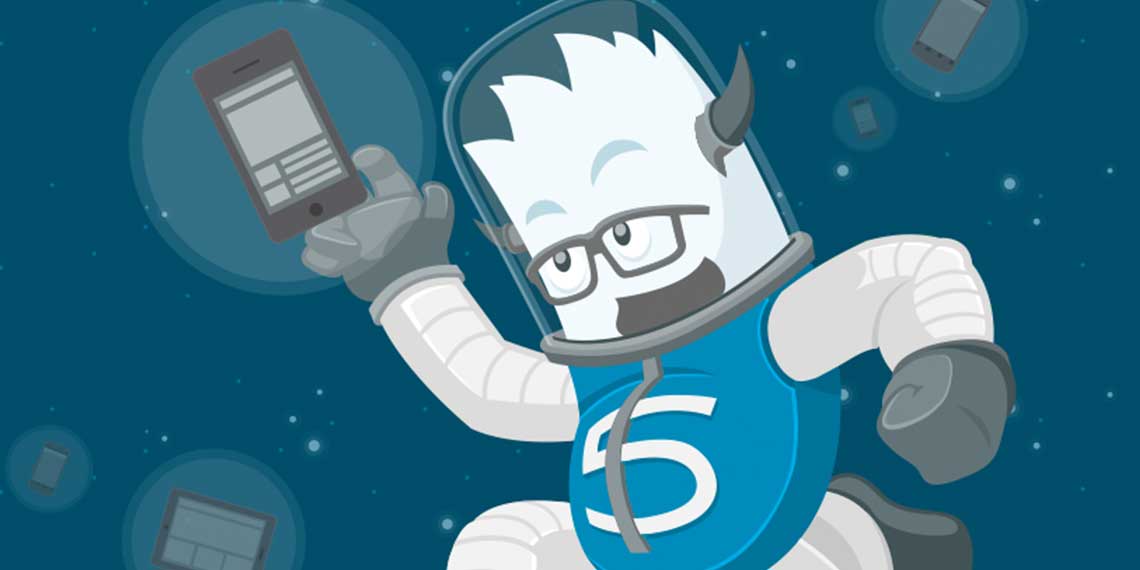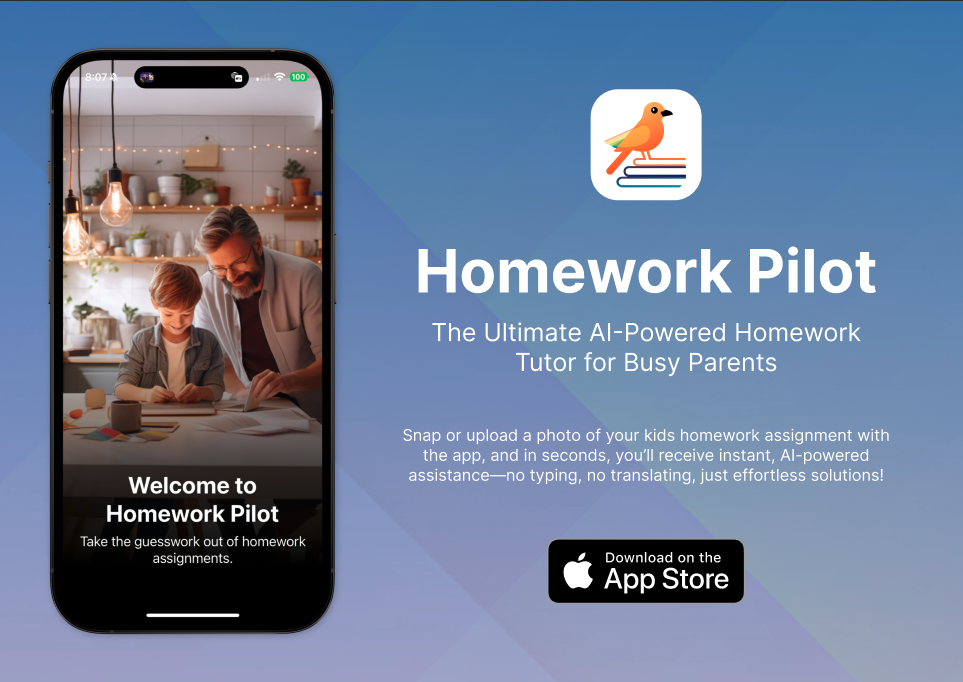
The Basics of Flat UI Design
The new design trends are seemingly endless and with the ability to create newer, better, and more exciting designs and design elements, a trend like flat UI design just seems a bit out of place. It is crucial of course, that before passing any judgement, one takes the time to truly understand the trend. Flat UI design is just what it seems, a very simple, basic, and highly functional design that does not employ any added design elements. There are a few basic elements that are common in flat UI design and understanding these elements can help you truly understand flat design.
No Added Special Effects
Designs with Flat UI are incredibly basic, there are no 3d elements, no banner elements, and no elements that are flashy, eye catching, or otherwise complicated. This type of design is function driven rather than visually driven which means that every element has a purpose that is specifically designed to add functionality to the site in some way or another. Every element in flat ui is distinct and not layered, and is very differentiated and individual. Though these layering elements mirror those in 3d design elements, they are not complicated and layered the same way.
Simple Individual Elements
Designs with Flat UI are again based in function rather than visual elements. These sites include simple, very distinct elements that mirror the function they are intended to relay to the user. These sites use things like buttons, drop down menus, and other elements that are very simple and easy to click and access. Rather than using complicated menus and buttons that users have to uncover, flat design is very straight forward.
Focus on Text
Rather than focusing on flashy images, eye catching visual effects, and other elements, flat ui design focuses on the content and text of the site. This can be achieved by using things like interesting typography, fun texts, and interesting configurations of text. Flat design works to help relay information and present it simply rather than tricking the user into visiting a site or clicking a button. This type of design is perfect for those that want a very simple and easy to use interface. Type face also helps to reflect the feel and mood of the site and overall goals of the site.
Color Use
Flat design also focuses on the ways that color can be incorporated into the work. Rather than focusing on using tons of colors that clash with one another, flat design works to create pops of color that are interesting and beautiful and help to reflect the mood and feel of the site being worked on. Color is a huge part of flat design as no other elements are used to help make the site interesting, using color can help make any site more interesting instantly.
Employing Minimalism
Flat design is incredibly minimalistic. This creates a simple, streamlined design that focuses on the content and purpose of the site rather than the ways that the site can trick or fool the user. Rather than depending on tricks of light, color, shape, and 3d elements, flat design simply presents the information and allows the user to do what they will with the information they are seeing. This type of design is perfect for those users that want to create a very basic site that simply relays information.
 comments powered by Disqus
comments powered by Disqus
